Description
Lake trout, also known as lake char or mackinaw, is a freshwater fish found in many lakes and rivers across North America. It’s an important game fish that has been cherished for centuries by local fishermen and anglers. They are prized for their delicate flavor and firm texture.
These fish are typically found in cold, deep lakes with rocky bottoms, which they use to hide from predators. They prefer clear waters with plenty of feed such as insect larvae, shrimp, and other smaller fish. They can reach up to 40 inches (101 cm) in length and 25 pounds (11 kg) in weight, but most are smaller.
They are usually caught using trolling techniques with artificial lures or bait fishing with live or frozen minnows and worms. When cooked properly, lake trout can be a delicious and healthy dinner option.
Environment
Lake trout is an important part of the freshwater ecosystem. Its presence helps to regulate aquatic vegetation and other species populations, while its fry and juveniles help to provide food for predators like bass and walleye. The lake trout also provides shelter for other fish species, helping them avoid predation near rocky ledges and shorelines. In addition to its role in the environment, lake trout also positively contribute to humans. Both recreational and commercial anglers benefit from healthy lake trout populations, as they are a popular game fish and an important part of regional economies. Just like any other species, the health of the lake trout population is dependent on clean waters and balanced habitat conditions.
Physical Characteristics
These fish have long, streamlined bodies with large heads and small eyes. They are typically gray-green with white underbellies, although they may appear darker or lighter depending on the water clarity of their habitat. They also possess light spots over their entire body which give them camouflage against predators. They can live up to 25 years and grow up to 40 inches (101 cm) in length and weigh up to 25 pounds (11 kg). They have a large mouth with sharp teeth for catching prey, as well as barbels on their chin for locating food. Uniquely, lake trout also possess an adipose fin between their dorsal and caudal fins. This fin is used to identify lake trout from other species when fishing.
Feeding Habits
Lake trout are opportunistic feeders, meaning they will eat a variety of different types of prey depending on availability. They prefer to feed in the early morning and late evening hours when there is low light. During these times, they can be found near the surface or roaming deeper parts of the lake in search of food. They typically feast on adult and larval insects, crustaceans, mollusks, and other small fish. They also can adjust their diet based on what is available in their habitat. For example, if baitfish are abundant, they can be more successful predators by eating them instead of searching for other prey.
Fishability
They are an enjoyable and rewarding fish to catch. Although they can be challenging, they are offer anglers a great experience in the pursuit of these hard-fighting game fish. Lake trout can be caught using a variety of techniques including trolling, casting, jigging, or bait fishing with live or frozen minnows and worms.
Why is this Fish a good mount?
Lake trout are a beautiful species of fish to mount and display, thanks to their distinctive features. Their long, streamlined body with a large head and small eyes is quite attractive when mounted as it captures the natural grace of this species. The dark gray-green coloration paired with white underbellies adds another layer of detail and beauty that makes lake trout mounts stand out in any home or office. The unique adipose fin and light spots over their entire body also make for an eye-catching mount that is sure to be a conversation piece. In addition, the size of lake trout makes them ideal as they can range from just a few inches up to 40 inches (101 cm) giving anglers a range of sizes to mount. Lake trout are also known for their fighting spirit, making them an even more rewarding trophy when mounted and displayed.
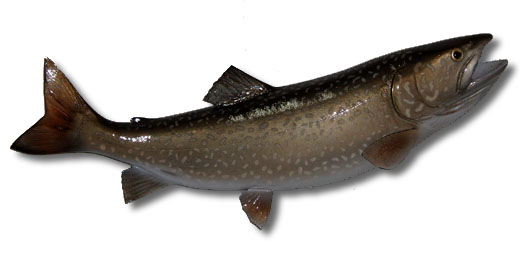
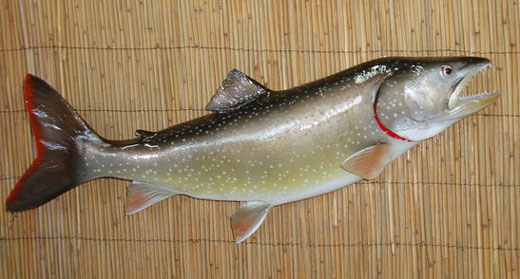
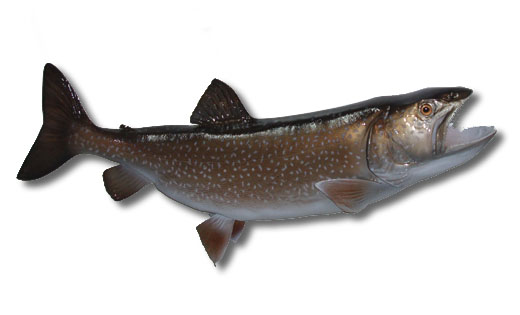
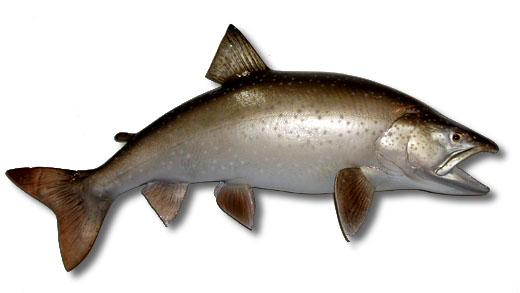
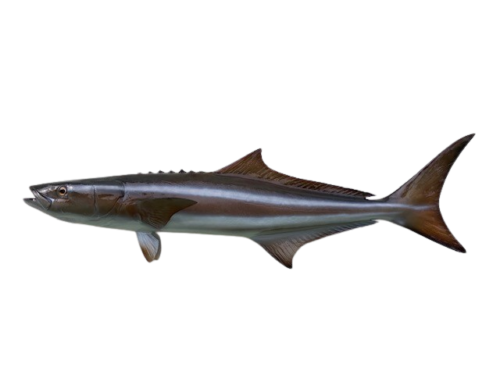

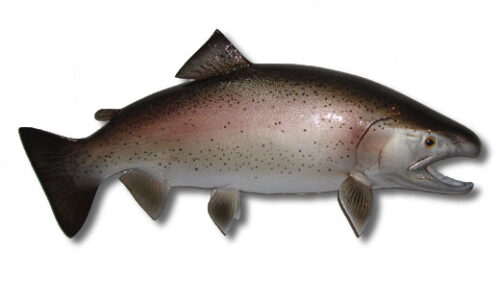
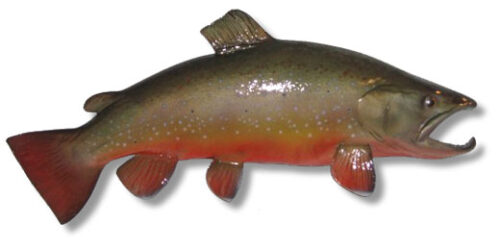
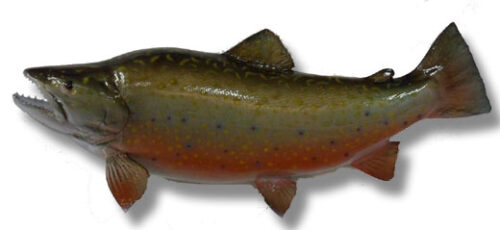
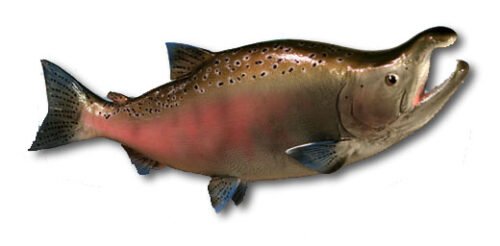
Reviews
There are no reviews yet.